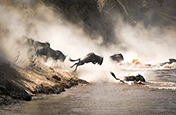A guide to wide-angle lenses.
Open up the scene with lenses that literally broaden your horizons. Learn the different kinds of wide-angle lenses, when to use them, and how to take stunning shots at wide focal lengths.
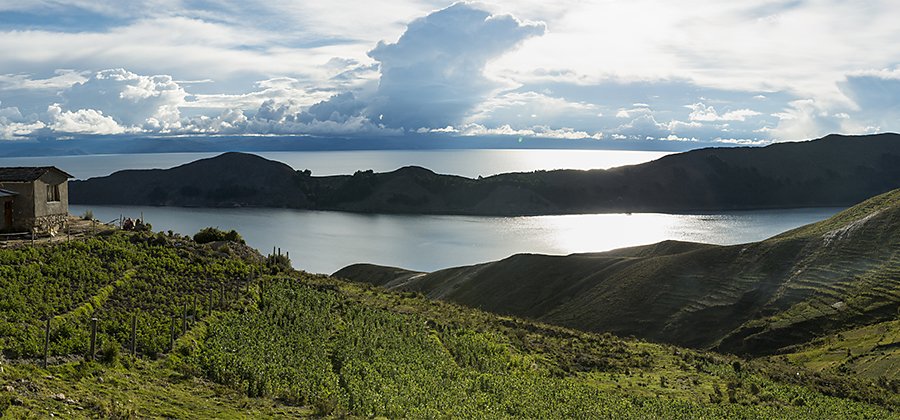
Fit it all in the frame with a wide-angle lens.
A wide-angle lens has a focal length of 35mm or shorter, which gives you a wide field of view. The wider your field of view, the more of the scene you’ll be able to see in the frame. These lenses are ideal for many scenarios, and most photographers have at least one trusty wide-angle lens in their kit.
When a wide-angle lens really shines.
Wide-angle lenses are a staple in most landscape photographers’ kits, popular for their ability to capture sweeping vistas and starry nights. Apart from landscape photography, architecture, and real estate, photographers frequently pick these lenses to make a space feel more expansive and impressive. The classic focal length that street photographers use is 35mm, as it approximates how you see the world with your naked eye. Wide-angle lenses are also well suited for travel photography, as the short focal length gives you more versatility to capture the multitude of scenes you may encounter.
On the flip side, a wide lens could hinder rather than help your photos in some scenarios. Portrait photographers usually choose a higher focal length to avoid unflattering distortion that comes with wider lenses. And a telephoto lens is almost always the pick for sports, wildlife photography, or any time you need to get close to the action.
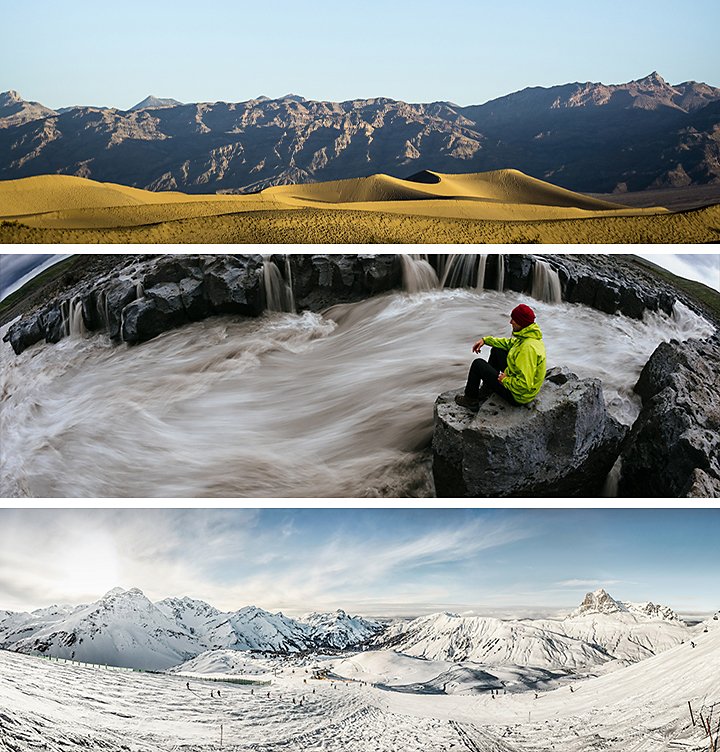
Wide, Wider, Widest.
Any lens with a focal length under 35mm is considered a wide-angle lens, but a 14mm lens is a completely different ball game than a 35mm. You can generally place wide-angle lenses into one of three subcategories:
Focal lengths under 16mm fall into this category, and they’re generally considered specialist lenses, used only for certain circumstances, such as astrophotography scenes where you want to capture the whole Milky Way band. Fish-eye lenses are a type of ultrawide lens that have a full 180-degree field of view, and as a result have a distinct, circular, distorted look.
Ranging from 16mm to 24mm, these lenses are wide without falling into fish-eye territory, where extreme stretching of the frame occurs. The sweet spot for most landscape photography lies between these focal lengths, but you can use this range for any number of everyday uses too.
Focal lengths from 24mm to 35mm generally get labeled as “standard.” This is a great range for getting wide shots without too much distortion. But if you want a lens that really opens up tight spaces, such as cityscapes or small rooms, you might want to go wider.
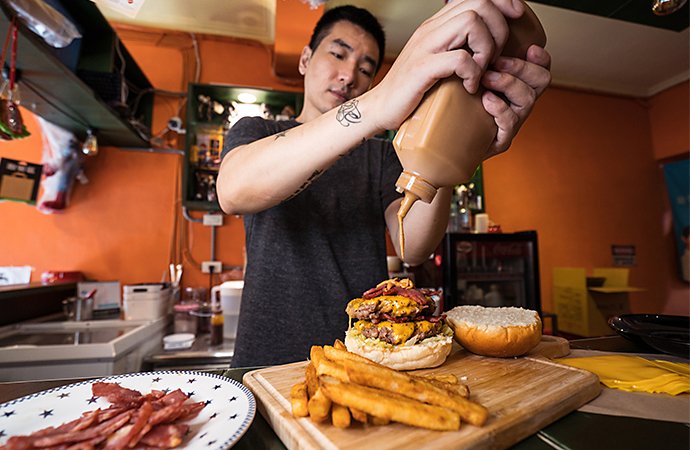
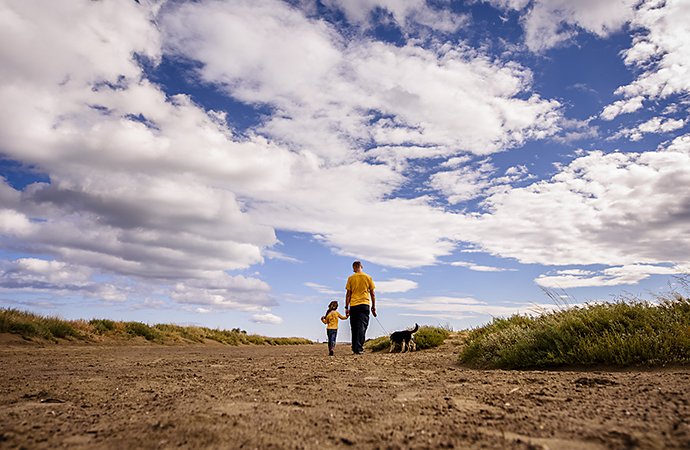
How to get the best-quality lens.
Prime lenses usually outperform wide-angle zoom lenses, as they have fewer moving parts and can accommodate a wider maximum aperture. But for most situations and applications, the difference is marginal, and what you may sacrifice in image quality you gain with the convenience of a zoom range. Standard zoom lenses often cover a range of focal lengths, such as a wide zoom 16–35mm, or ultrawide zoom 12–24mm, which makes them more versatile than being locked into one focal length.
The best wide-angle lenses usually have features such as a maximum aperture of f/2.8 or wider, for a shallow depth of field, image stabilization, or autofocus. They might be made with an aspherical lens element, which produces sharper images and reduces distortion. Their overall build quality is superior, but if you go looking for these features on a lens, a large price tag will follow. The good news is that you can find used versions of most lenses for much less than their retail price. And while they might be old, the quality of the glass doesn’t degrade. A premium wide-angle lens from popular DSLR camera brands such as Canon, Nikon, Sigma, or Sony will fetch decent resale values, even as newer models are released.
No matter what type of camera lens you’re in the market for, go for the best quality you can. “Invest in high-quality glass,” photographer Crosby Dove advises. “Sometimes the lens can cost more than the camera itself. It’s a big investment, but lenses hold their value better than cameras.”
What to watch for when you go wide.
Distortion
Distortion is the number one issue to watch out for when you use a wide-angle lens. Barrel distortion, where straight lines appear to bow outward, will often show up in your photos the wider you go. Be especially mindful of this when you photograph people, and watch out for objects at the edges of your frame.
“At the edges of the photo you’ll sometimes see some curvature,” says Dove. “Sometimes you get vignetting, which is the darkness at the corners of the photo. The nice thing about editing software like Adobe Photoshop Lightroom is that you can edit or adjust the vignette effect.” Fix lens warping and vignetting with the Lens Correction panel, or exaggerate the look and add your own stylistic vignette in the Effects panel.
Cropped sensor conversion
The focal length doesn’t directly translate to the angle of view. How much you can actually fit in the frame depends on your camera’s sensor size. For example, a 24mm lens translates to about 84 degrees of view on a full frame camera. But if you put that same lens on a cropped sensor camera, such as an APS-C, your lens’s focal length would crop to about 38mm, and you would get only 61 degrees of view.
Investing in a high-quality wide-angle lens for your crop sensor camera is a great way to maximize your budget and get the best image quality out of your setup, but keep the crop factor in mind as you shop for the right focal length. If you’re shopping for a mirrorless camera, remember that these cameras require a lens that is compatible with their mounting system. And remember, you can always buy a lens converter and use DSLR lenses with your mirrorless.
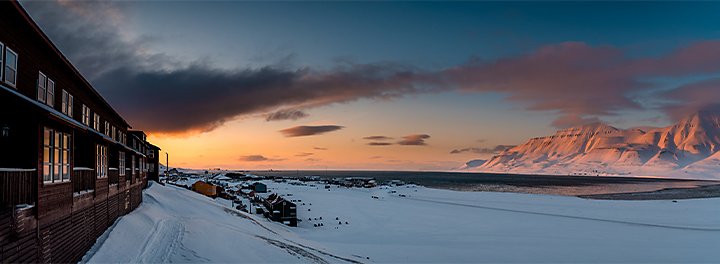
Composition
Just because you can fit the whole scene into one panoramic sweep doesn’t mean you’ll create a strong image. Wide-angle lenses can bring with them the temptation to point and shoot at the entire scene, which can make your image lack a focal point or effective composition. With a larger field of view, you need to arrange more elements, which introduces more room for error in the details.
“You see much more in the shot, which means you have to pay attention to more things,” notes Dove. Don’t stop thinking about layers, the rule of thirds, contrast, and how the different shapes in your frame interact with each other when you pick up your wide lens. This will help you avoid a flat image that shows everything but draws attention to nothing.
Start shooting wide-angle photos.
Whether you want an everyday lens that can handle a variety of scenes or a niche shooter that can nail a certain type of shot, you’ll most certainly benefit from having a wide-angle lens in your camera bag. The best way to get the results you want is to put your lens through its paces and see what it can do. The more you shoot with your wide-angle, the more you’ll be able to see the world through the lens and visualize strong wide-angle shots.
Contributor
Do more with Adobe Photoshop Lightroom.
Edit photos easily with Lightroom presets, Super Resolution, easily share photos from any device, and access your projects anywhere with cloud photo storage management.
You might also be interested in…
Mga tip sa pag-capture ng lahat ng uri ng mga larawan ng kalikasan.
I-explore ang mga posibilidad ng nature photography, mula sa mga gumagalaw na hayop hanggang sa mga nakakamanghang landscape.
Discover the ins and outs of capturing stunning images of the night sky.
Getting started in real estate photography.
Begin your journey into real estate photography with these tips and insights from working pros.
The basics of photography composition.
Composition is all-important for photographers. Learn more with these tips from the pros.
